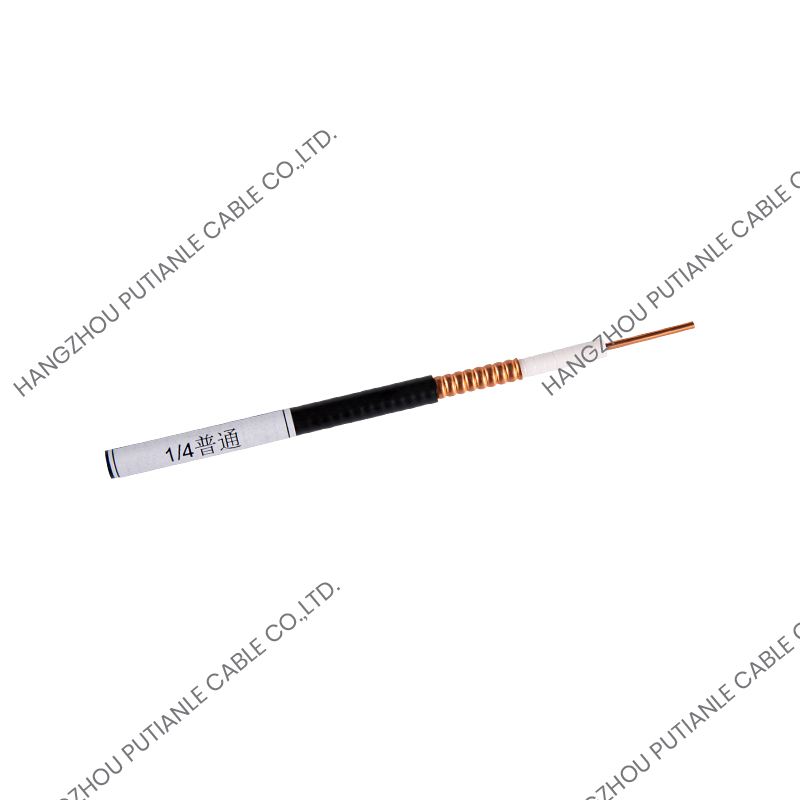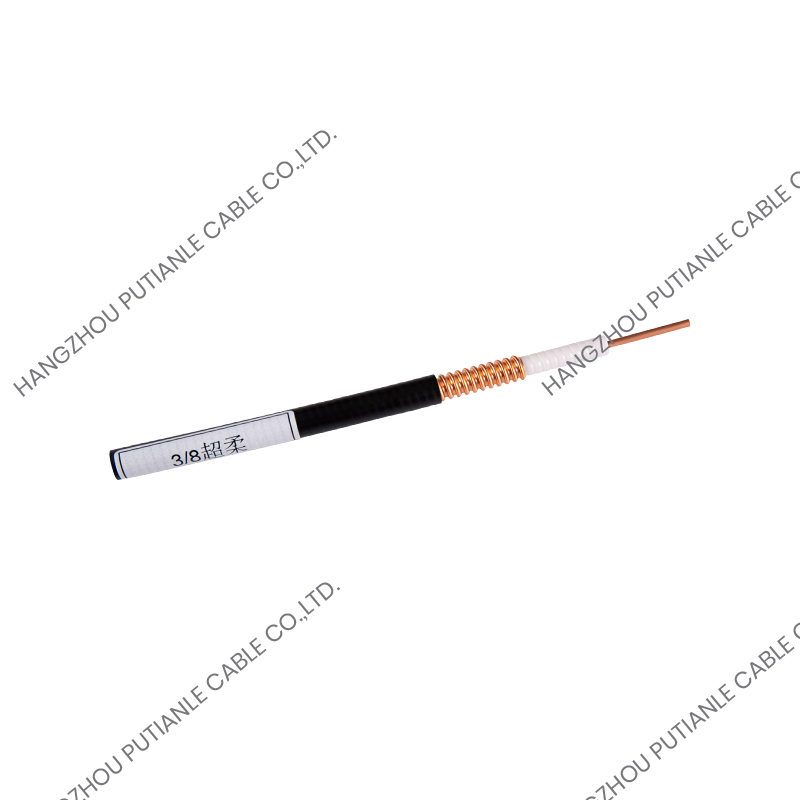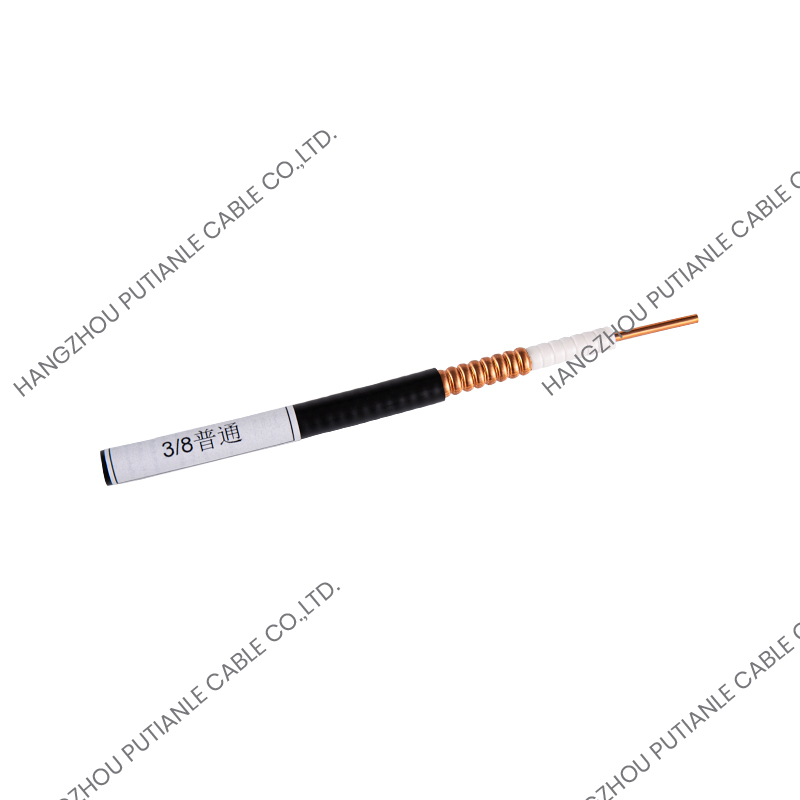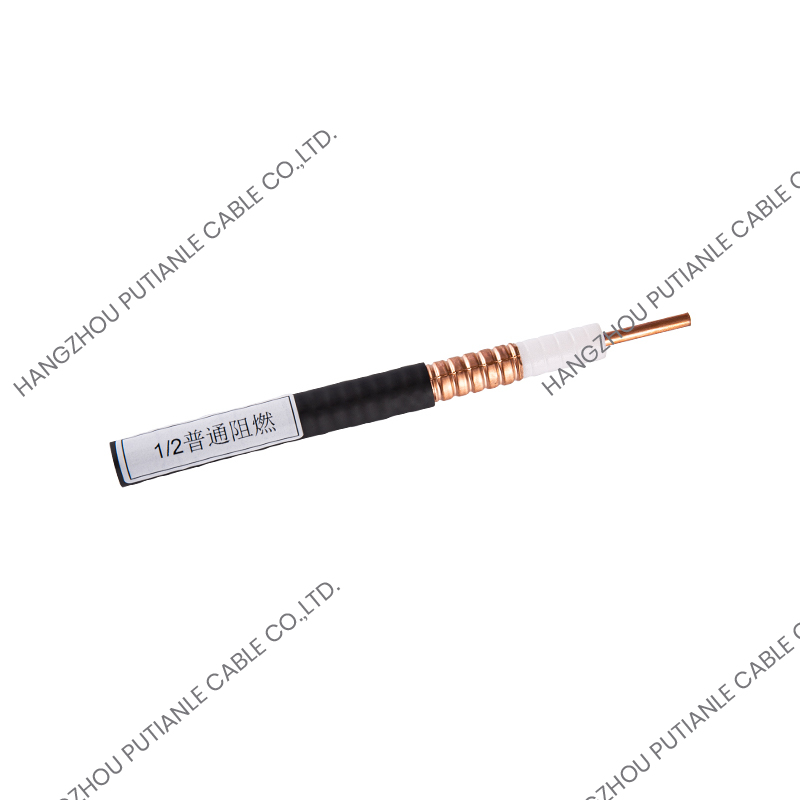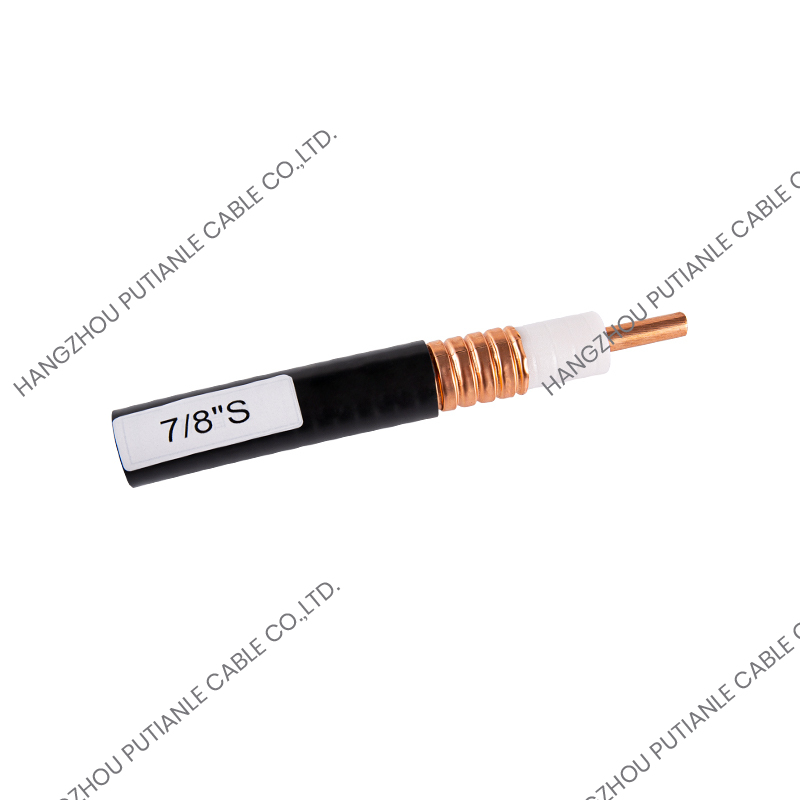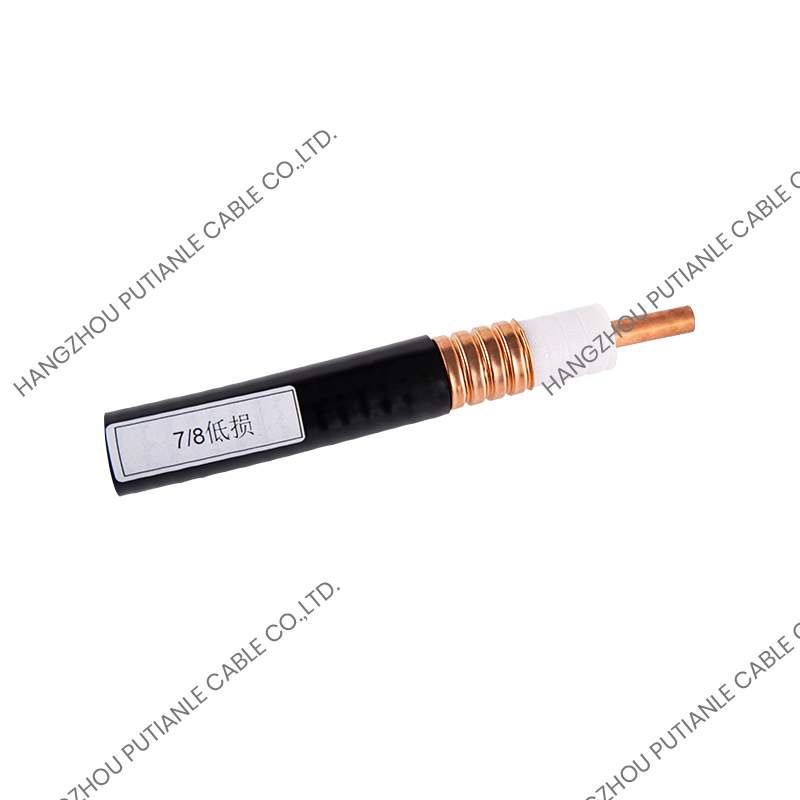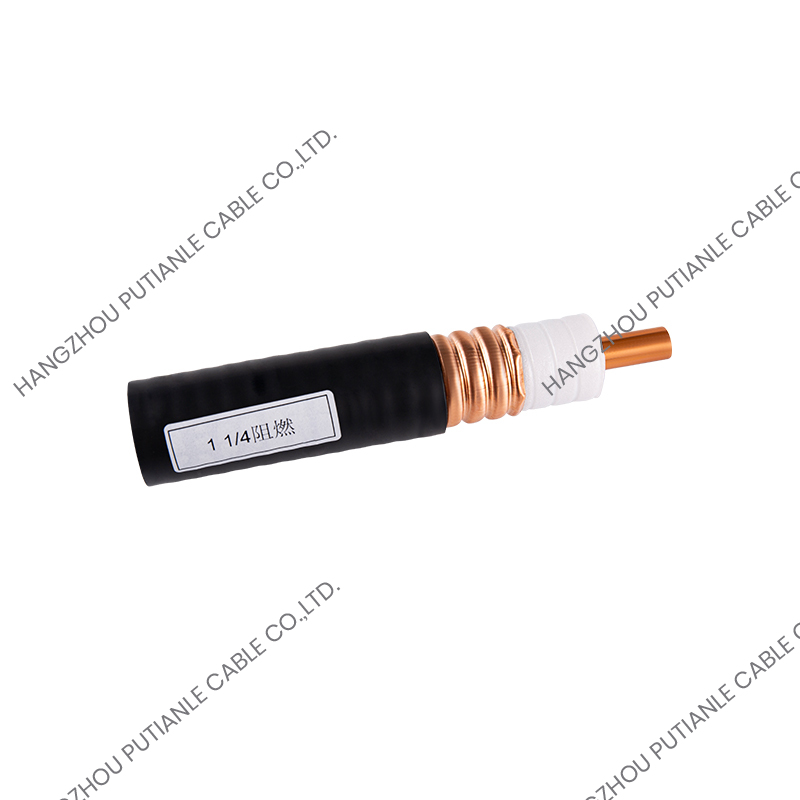In today's highly digitalized society, the speed and stability of information transmission have become the key to the development of various industries. As an important part of the communication infrastructure, Fiber Optical Cable is supporting the operation of key systems such as the global Internet, data centers, 5G networks, and smart cities with unprecedented speed and reliability. With its excellent transmission performance and strong anti-interference ability, optical fiber cables have gradually replaced traditional copper cables and become the backbone of modern communication networks.
Compared with cable transmission, optical fiber has obvious advantages such as high transmission rate, long transmission distance, and strong anti-electromagnetic interference. It is particularly suitable for scenarios with large data volumes and long transmission distances.
Core advantages
Ultra-high-speed transmission
Optical fiber can achieve data transmission at the level of Gbps or even Tbps, meeting the high-bandwidth requirements of high-definition video, cloud computing, and big data centers.
Long-distance no attenuation
The effective transmission distance of single-mode optical fiber can reach tens or even hundreds of kilometers, which has an absolute advantage over the signal attenuation of copper cables after hundreds of meters.
Strong anti-interference
Optical fiber transmits optical signals and is not interfered by electromagnetic waves, so it can maintain a stable connection in high electromagnetic environments such as factories and subways.
High security
Optical signals are not easily monitored or intercepted, which greatly enhances the confidentiality of data transmission and is widely used in security-sensitive fields such as military, finance, and telecommunications.
Light weight, energy-saving and environmentally friendly
Compared with traditional copper cables, optical fibers are light in weight and small in size, which can reduce laying costs. At the same time, due to low losses, they are also more energy-saving and environmentally friendly.
Wide application areas
Telecommunications and Internet infrastructure
Optical fiber cables are the core architecture of modern communication operators and are widely used in urban backbone networks, FTTH (fiber to the home), and connections between 5G base stations.
Data centers and cloud services
Major Internet companies and enterprise-level data centers use optical fibers to build high-speed server interconnections to achieve real-time data transmission and cloud access.
Industry and energy fields
In remote monitoring systems such as power grids, oil pipelines, and wind power generation, optical fibers are responsible for high-speed and secure data return.
Medical imaging and remote surgery
Using the high-resolution and low-latency transmission characteristics of optical fibers, remote medical equipment is assisted to achieve real-time imaging and remote operation.
Defense and aerospace
Used for high-precision and high-confidentiality data transmission needs such as combat systems, radars, and flight control systems.
Market development trends
With the in-depth application of technologies such as 5G, AI, and IoT (Internet of Things) around the world, the optical fiber and cable market continues to expand. Current development trends include:
Fiber-to-the-home (FTTH) is widely used: promoting the laying of optical fibers in the "last mile" and improving residents' Internet experience.
Optical fiber manufacturing technology upgrade: new optical fibers with smaller size, lower loss, and stronger bending resistance continue to be launched.
Green wiring and sustainable material application: using environmentally friendly materials and low-energy consumption design to promote the green transformation of the industry.
Accelerated construction of submarine optical cables: The key infrastructure for global Internet interconnection is rapidly expanding.
Fiber Optical Cable is the "neural network" of the modern information society and plays an irreplaceable role in global communications and data transmission. From home broadband to industrial Internet of Things, from smart cities to space exploration, the existence and development of optical fiber and cable are profoundly changing the way of communication and operating efficiency of human society. In the future, with further breakthroughs in technology, optical fiber and cable will continue to lead the high-speed, safe, and green communication revolution in the new era of "Internet of Everything".
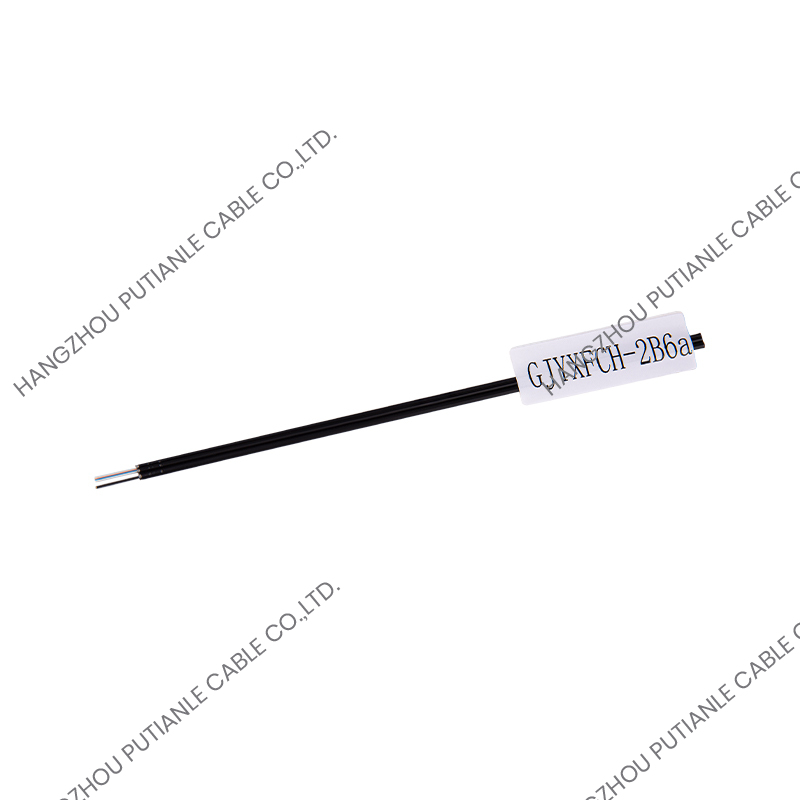


 中文简体
中文简体 English
English Español
Español

